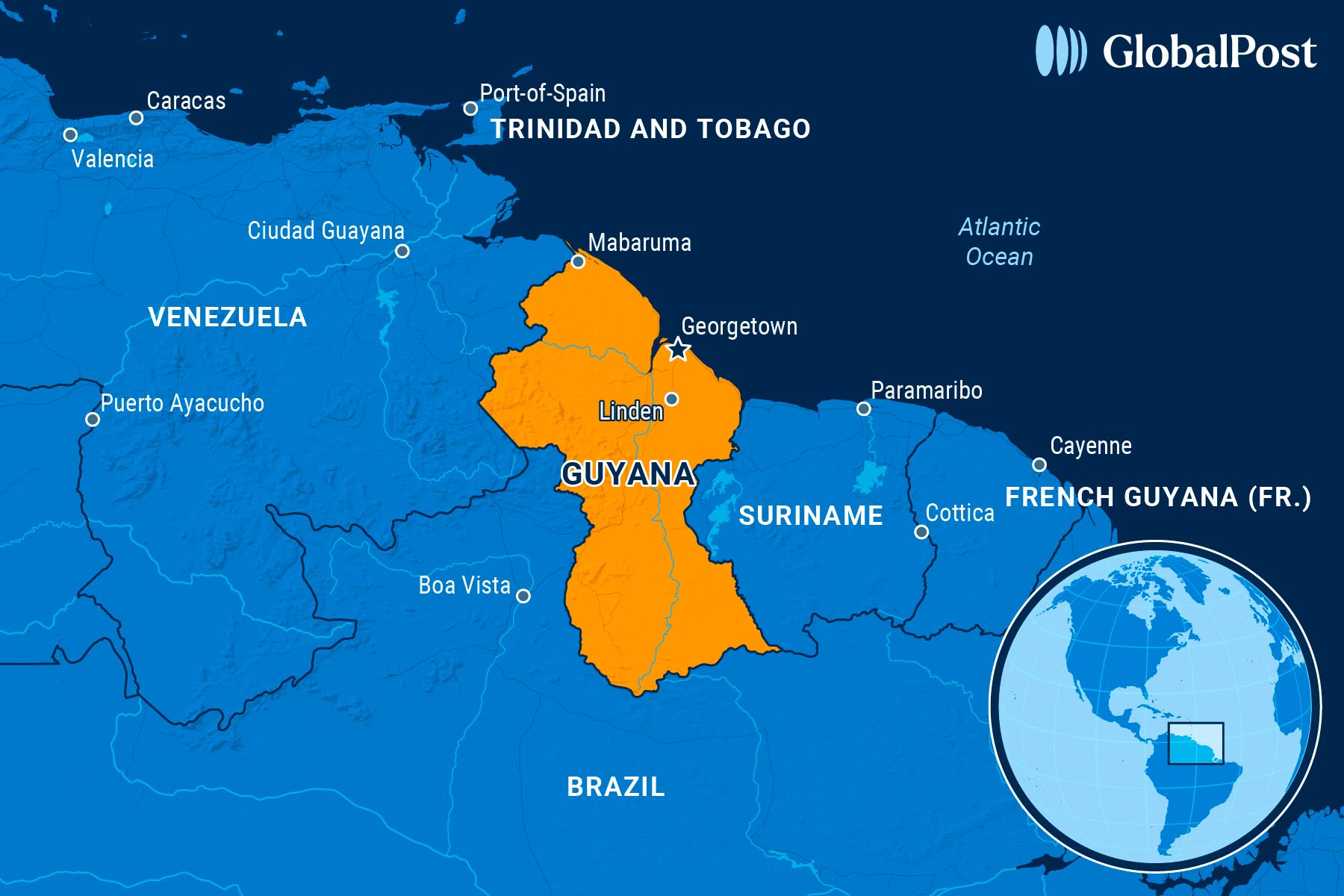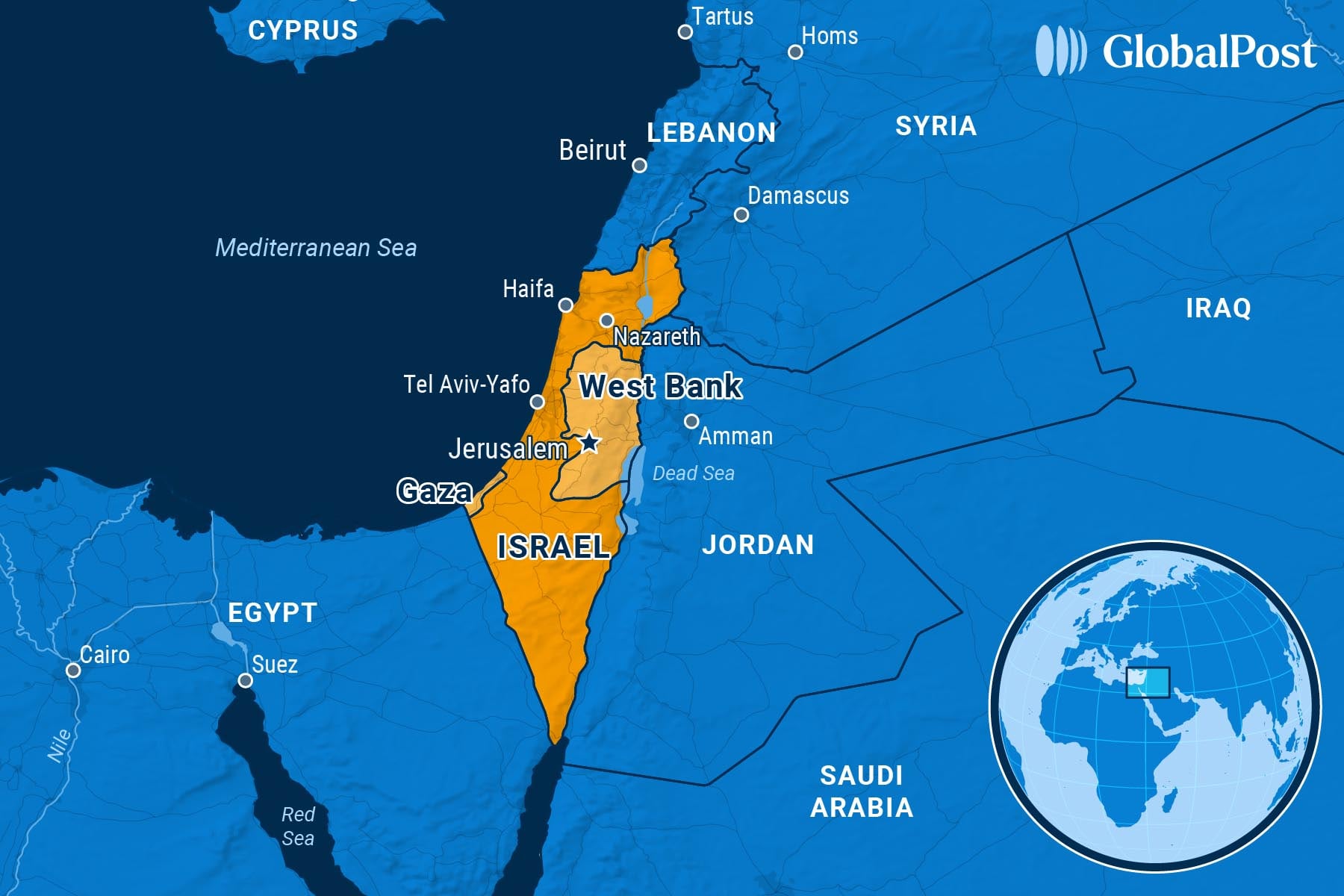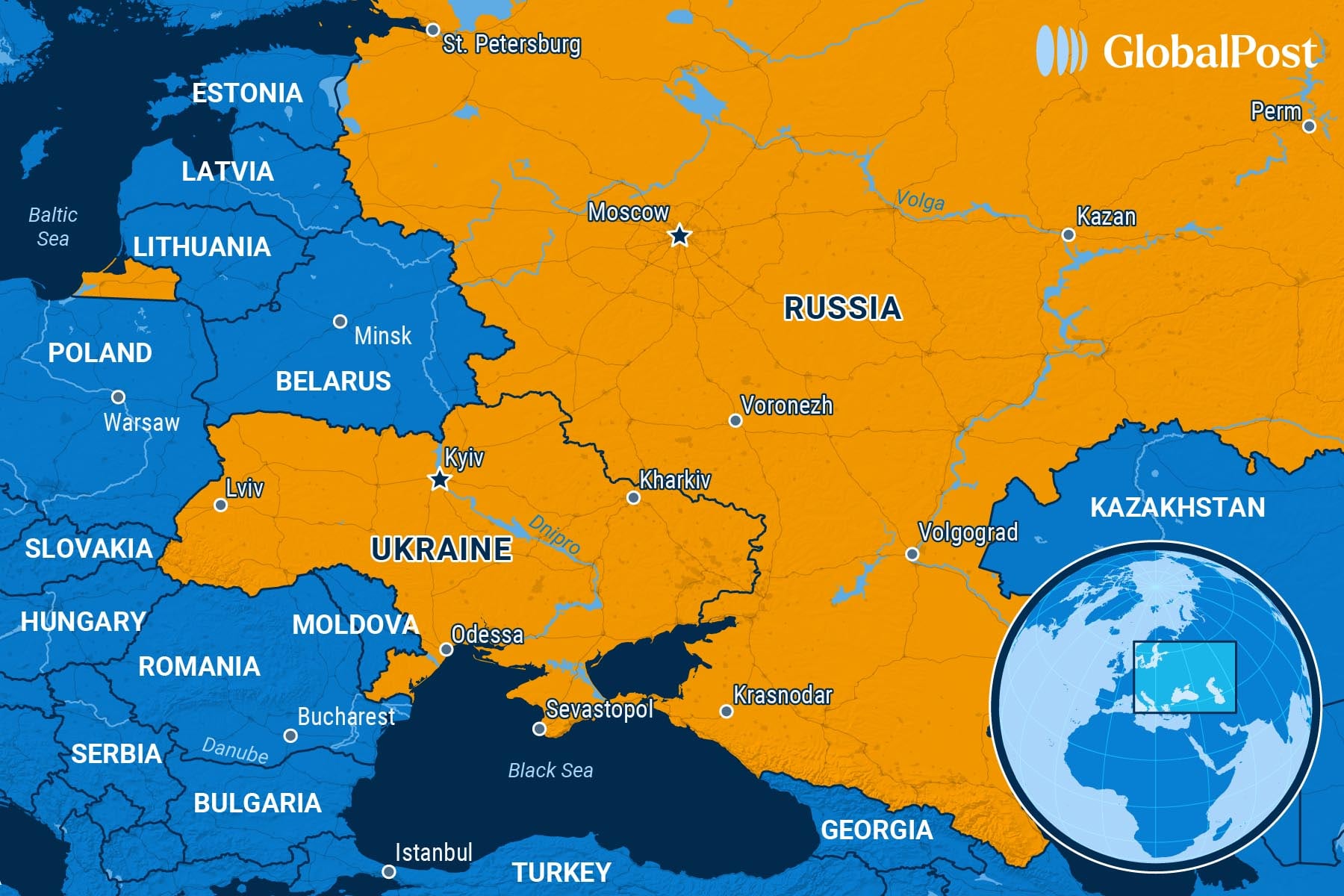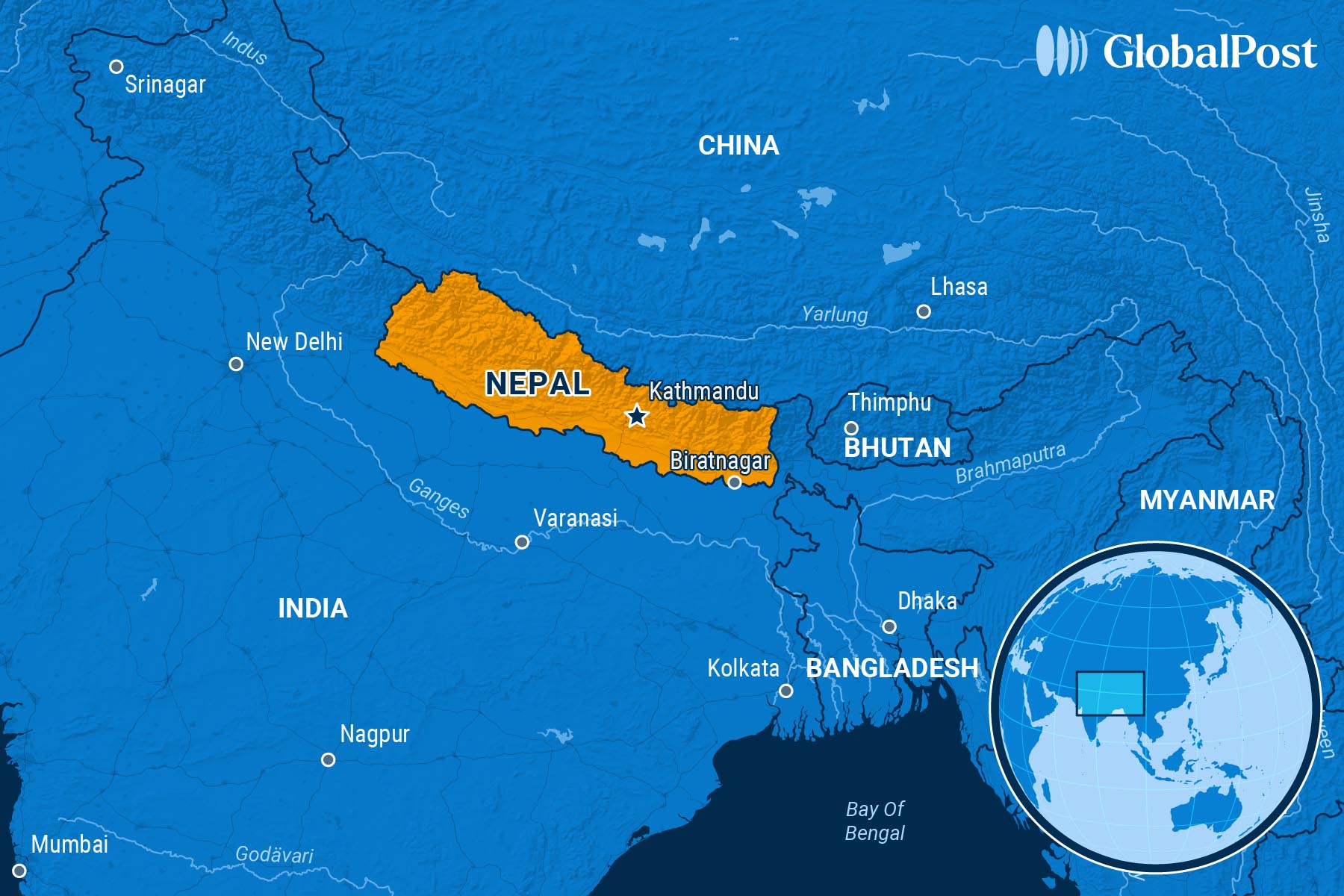Of Victors and Spoils: Guyana Holds Crucial Vote As Oil Boom Looms
NEED TO KNOW
Of Victors and Spoils: Guyana Holds Crucial Vote As Oil Boom Looms
GUYANA
 Last week, Guyanese police and soldiers were escorting election officials and ballot boxes on the Essequibo River along the Venezuelan border to a remote area for Monday’s general elections, when they came under fire from their neighbor.
Last week, Guyanese police and soldiers were escorting election officials and ballot boxes on the Essequibo River along the Venezuelan border to a remote area for Monday’s general elections, when they came under fire from their neighbor.
No one was injured, and the ballot boxes made it safely to three polling stations in the disputed Essequibo Region. “The patrol immediately returned fire and successfully maneuvered the escort team out of danger,” police said.
The incident, however, highlighted the stakes of the election that was held on Sept. 1, when thousands of voters in Guyana went to the polls to choose their leader, lawmakers, and local representatives in what many say was the South American country’s most consequential election in decades.
“The electoral choices are stark,” Christopher Ram, a Guyanese analyst and columnist, told the Financial Times. “Historians will describe this as the mother of all elections in Guyana.”
At stake is control over $10 billion in annual revenue from offshore oil and gas production, a new bonanza for a small, poor country of around 800,000 people that was, until recently, dependent on gold, sugar, rice, bauxite, and timber.
Now, it produces nearly 900,000 barrels of oil a day, and that amount is growing. As a result, it is slated to surpass Iran’s production in two years and has the highest projected growth in oil production in the world through 2035.
But the country’s resources are also putting it in the crosshairs of Venezuela and in the middle of the global competition between the United States and China, both of which eye the country’s resources and have invested in the country.
Venezuela claims the oil-rich Essequibo Region, which has prompted fears of a military clash breaking out over it. Earlier this year, it held an illegal election for the governor of Essequibo and has made threatening incursions into Guyana’s territory.
The dispute over Essequibo, which makes up about two-thirds of Guyana’s territory and has been administered by Guyana for more than a century, intensified in 2015 after the discovery of oil deposits by US-based energy giant ExxonMobil.
Guyana, a former British and Dutch colony, says that Essequibo’s borders were decided by an arbitration panel in 1899. However, Venezuela counters that the Essequibo River to the region’s east has historically formed a natural border recognized in 1777.
The dispute is currently before the International Court of Justice in The Hague.
In the meantime, the US has deployed more than 4,000 troops to the region, as well as at least three destroyer warships and a guided-missile cruiser, ostensibly to fight the Cartel of the Suns: This is allegedly a criminal drug trafficking network that the US government says is led by members of Venezuela’s armed forces. The US presence in the region is likely to deter the Venezuelan threat, analysts said.
The geopolitics playing out over the small, yet highly diverse country with the world’s fastest growing economy – the World Bank estimates its gross domestic product growth at around 15 percent annually – has overshadowed its vote.
Earlier this week, the Associated Press reported that preliminary results showed that the governing Indo-dominated People’s Progressive Party (PPP) of President Irfaan Ali won handily over the Afro-supported main opposition party, A Partnership for National Unity (APNU). The upstart newcomer mixed-race party, We Invest In Nationhood, led by US-sanctioned Guyanese businessman Azruddin Mohamed, who comes from one of the country’s wealthiest families, came in second.
Ali’s party also trumped the APNU in the 2020 elections.
The elections had mostly been about the spoils of the country’s newfound wealth, how they would be spent, and the inflation they are causing.
Some voters said they wanted a change from the two traditional parties, the PPP and the APNU, which have governed Guyana since even before its independence from the UK in 1966. Others said the government has not distributed the wealth sufficiently – despite its public works projects and initiatives to lift citizens out of poverty in what was, until recently, one of South America’s poorest countries.
“What they give us is not enough,” Evelyn Crawford, a 75-year-old retiree who voted for the opposition, told the Associated Press, referring to her pension of $200 a month. “I would like to see that people are lifted out of poverty.”
Some say they see evidence of the change the government has made already.
“(The government has been) helping the people and giving us what we need,” Omadai Persaud, a bus driver, told the Guardian. “We have free education, free university … hospitals and all resources.”
THE WORLD, BRIEFLY
Israel Agrees to US-Brokered Gaza Ceasefire
ISRAEL / GAZA / WEST BANK
 Israel agreed to a US-brokered Gaza ceasefire proposal that would end the war, release all Israeli hostages and all Palestinian prisoners in Israeli jails, and would result in the disarmament of Hamas, France 24 reported.
Israel agreed to a US-brokered Gaza ceasefire proposal that would end the war, release all Israeli hostages and all Palestinian prisoners in Israeli jails, and would result in the disarmament of Hamas, France 24 reported.
That agreement by Israel followed a “last warning” by US President Donald Trump to Hamas to accept a deal over the weekend, the Guardian wrote.
“The Israelis have accepted my Terms,” Trump wrote on social media Sunday. “It is time for Hamas to accept as well. I have warned Hamas about the consequences of not accepting. This is my last warning, there will not be another one!”
Hamas later said it had received proposals delivered by US mediators, adding that it was discussing them, without providing further details.
Hamas did say in a statement that it “welcomes any move that helps efforts to stop the aggression against our people,” adding that it wants to “sit at the negotiating table” to discuss the release of all Israeli hostages in exchange for what it described as a clear Israeli commitment to end the war, including the full withdrawal of Israeli forces from the Gaza Strip and the formation of an independent Palestinian committee to administer the territory.
Hamas stressed that any deal must include a “public and explicit commitment” from Israel to ensure the agreement is not reversed or ignored later.
Hamas was referring to a ceasefire deal initially agreed to by Israel earlier this year that fell through after Prime Minister Benjamin Netanyahu backtracked, under pressure from his far-right coalition partners.
The ceasefire deal comes as international and domestic pressure on Israel grows to end the war. On Monday, Spain, which recognized Palestinian statehood last year, announced a permanent ban on selling weapons to Israel, along with restrictions on ships carrying fuel and military equipment in an effort to stop “the genocide” in Gaza, Politico noted.
Spanish Prime Minister Pedro Sánchez also announced measures banning entry to Spain for anyone involved in “war crimes” in Gaza, restricting consular services for Spanish citizens living in West Bank settlements, and prohibiting imports from there. Israel’s Foreign Minister Gideon Sa’ar criticized Spain’s move and accused the Spanish government of being “antisemitic.”
Russia Dismisses Trump’s Threat of Sanctions as ‘Useless’
UKRAINE / RUSSIA
 Russia on Monday dismissed US President Donald Trump’s threats of more sanctions over its invasion of Ukraine as “absolutely useless,” saying no amount of sanctions would force it to change course, Newsweek reported.
Russia on Monday dismissed US President Donald Trump’s threats of more sanctions over its invasion of Ukraine as “absolutely useless,” saying no amount of sanctions would force it to change course, Newsweek reported.
Kremlin spokesman Dmitry Peskov said the sanctions on Russia have had “no effect whatsoever” and blamed Ukraine and its European allies for keeping sanctions at the forefront of the US agenda.
On Sunday, Trump told reporters he will move to “the second phase” of sanctions against Moscow, a day after Russia launched its largest aerial attack on Ukraine in the three-year war: The airstrikes killed at least four people – including an infant – and set a Ukrainian government building ablaze.
The US president condemned the strikes as “a horrible waste of humanity,” while other US officials said it was “not a signal that Russia wants to diplomatically end this war,” Al Jazeera wrote.
Western nations have imposed tens of thousands of sanctions on Russia over its 2022 invasion and 2014 annexation of Crimea, targeting its $2.2 trillion economy and aiming to erode support at home for President Vladimir Putin.
However, analysts told Reuters the Russian economy has proven more resilient than expected, growing 4.1 percent in 2023 and 4.3 percent in 2024, though growth is slowing down this year due to high interest rates.
Meanwhile, the Trump administration has threatened secondary tariffs on countries that buy Russian oil: Last month, it imposed an additional 25 percent tariff on Indian goods over New Delhi’s purchases of Russian oil.
European Union officials said it is considering new sanctions, which would be closely coordinated with the US.
Amid sanction threats, Washington has launched diplomatic efforts to urge Russia to end the war. Trump’s August summit with Putin in Alaska produced no deal, and the fighting has only intensified since.
Russia now controls roughly one-fifth of Ukraine’s territory and says the conflict will only end if Kyiv abandons its NATO ambitions and recognizes Moscow’s territorial claims to Ukrainian land.
Ukraine has rejected those demands, insisting instead on binding security guarantees, including Western peacekeeping forces on the ground.
Moscow has ruled out any agreement that would allow Western troops in Ukraine.
Nepal Rolls Back Social Media Ban After Violent Gen Z Protests
NEPAL
 Nepal’s government lifted a ban on 26 prominent social media apps and messaging services Tuesday, a day after violent protests rocked the country and saw police firing at demonstrators, killing at least 19 people, the Guardian reported.
Nepal’s government lifted a ban on 26 prominent social media apps and messaging services Tuesday, a day after violent protests rocked the country and saw police firing at demonstrators, killing at least 19 people, the Guardian reported.
Communication Minister Prithvi Subba Gurung announced that the government had “withdrawn the shutdown of the social media,” hours after thousands of demonstrators attempted to storm the country’s parliament in the capital Kathmandu to protest the ban.
Nepali police and security forces clashed with protesters, using water cannons, batons and rubber bullets. Witnesses said police fired “indiscriminately,” Reuters added.
More than 200 people were injured in the unrest.
The unrest was triggered by a government decision last week to block access to 26 social media platforms, including Facebook, X, and YouTube, according to the Associated Press.
Officials imposed the ban, they said, because platforms failed to register their companies officially in the country amid a crackdown on social media: The Nepalese government has vowed to eliminate fake social media accounts spreading hate speech and fake news, and committing fraud. The companies that have registered, such as TikTok and Viber, continue to operate.
The protests, organized by young Nepalese describing themselves as Gen Z – people born between 1995 and 2010 – were an indication of the widespread frustration with the administration of Prime Minister KP Sharma Oli and its policies by Nepalese youth, analysts told SkyNews.
Thousands of young people, including many students who joined in their school uniforms, carried signs reading slogans such as “Stop corruption and not social media,” or “Youths against corruption.”
The clashes led to a curfew across part of the capital, including areas surrounding parliament and the presidential residence. The protests also spread to other cities in the country, including Biratnagar and Bharatpur in the south and Pokhara in the west.
Nepal’s social media crackdown comes as other countries, including Brazil, India, China, Australia, and others in Europe, are taking steps to impose stricter controls on social media amid growing concern over issues such as fake news, user privacy, and fraud.
While regulators insist more control is needed to protect users and society, critics say these measures risk curbing freedom of expression.
DISCOVERIES
Fasting, Feasting
Humpback whales (Megaptera novaeangliae) are nature’s giants.
And every year, they go through a brutal crash diet during their annual migration, losing about 36 percent of their body mass in less than two months.
That’s according to a new study, which used drones to follow 103 humpback whales across the southern hemisphere to analyze the energy use of these creatures during their migration.
Researchers monitored the animals from the cold, krill-rich water of their feeding grounds of the Western Antarctic Peninsula to the warmer temperatures of their breeding site off the coast of Colombia, according to New Atlas.
“We found the whales were at their fattest in early fall – March-May – and slimmest by late spring – August-December – showing a dramatic seasonal change in body condition,” lead author Alexandre Bernier-Graveline said in a statement.
Throughout the 5,000-mile one-way journey, they shed more than 24,000 pounds of blubber –the weight of two adult African elephants – and without stopping for a single snack. To fuel the swim, they rely on energy equivalent to about 125,000 pounds of krill – roughly 28.5 million individual crustaceans for each whale.
What makes this process all the more special is that they are able to avoid the tissue breakdown typical of starvation in other species. Instead, they remain healthy enough so that the females can birth calves by the time they reach their destination.
Bernier-Graveline estimates that the energy humpback whales burn on their six-to-eight-week journey corresponds to the amount of calories an average human burns in 62 years.
Unlike humans, whales can more easily use their fat as a fuel source than humans can. Because of this, their prolonged fasting doesn’t harm their overall health or damage their organs.
Researchers say this underscores how important it is to protect the areas where the whales feed on krill to fuel their migrations, which are threatened by climate change and overfishing in Antarctica.
As the Antarctic sea-ice ecosystem undergoes rapid changes, understanding the energy needs of migrating whales allows scientists to better evaluate how factors like krill availability and climate change might affect whale populations.
“Our study quantifies the whales’ extreme ‘feast and fast’ lifestyle, and the critical role of Antarctic krill in their survival and migratory life-history strategy.”
